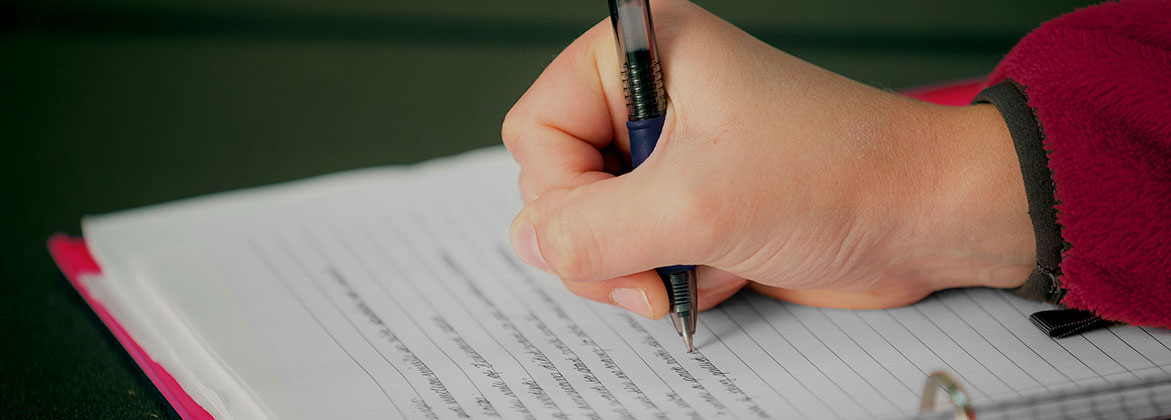Conjunctions
- A conjunction is a name for those common words that are used to join parts of sentences. Also, conjunctions may be used to begin certain sentences.
- There are two different types of conjunctions: coordinating conjunctions and subordinating conjunctions.
- Conjunctions sometimes work in pairs and are called correlative conjunctions.
- Conjunctive adverbs are also frequently used to provide logical connections in sentences.
These conjunctions are seven very common words. They are very small, made up of three or fewer letters.
When to use each coordinating conjunction:
- and: To Communicate Addition
- but, yet: To Communicate Contrast
- so: To Communicate a Result/Effect
- for: To Communicate a Reason/Cause
- or: To Communicate a Choice
- nor: To Communicate a Negative Choice
Use coordinating conjunctions between two independent clauses.
Coordinating conjunctions are used to join words, phrases, and independent clauses.
Examples:
- He only wears striped ties and polka-dotted bow ties. (And joins two words)
- The shoes were not blue suede nor black leather. (Nor joins two phrases)
- It wasn't a costume party, yet many came dressed as literary villains. (Yet joins two independent clauses)
These conjunctions are used to express relationships between a dependent and an independent clause.
When to use common subordinate conjunctions:
- after, before, once, since, until, when, whenever, while: Regarding Time
- as, because, since: To Communicate a Reason/Cause
- in order that, so, so that, that: To Communicate a Result/Effect
- if, even if, unless: To Communicate a Condition
- although, even though, though, whereas: To Communicate a Contrast
- where, wherever: Regarding Location
- than, whether: Regarding a Choice
Subordinate conjunctions often begin a dependent clause. If the dependent clause begins or interrupts the sentence, then it is separated from the independent clause by a comma.
Examples:
- Once she found the perfect broach, she purchased three outfits to match it. (Once demonstrates a time context. A comma is used because the conjunction begins the sentence.)
- He wore the top hat wherever he went. (Wherever demonstrates a location context. Though wherever begins the dependent clause, no comma is used because it does not begin the sentence or interrupt the sentence.)
Correlative conjunctions are two separate conjunctions that are often in sentences together.
Examples:
- Both maroon and gray accent nicely.
- I like to wear either pants or capris.
- Neither the shirt nor the jacket fit.
- Not only one button fell off, but all of them.
- Whether or not you wear nice clothes, you have to wear clothes.
- It was not that his clothes were flamboyant so much as they were florid.
Conjunctive adverbs provide connections and transitions that clarify or limit the meaning of words.
When to use common conjunctive adverbs:
- also, furthermore, besides: To Communicate Addition
- however, still, nevertheless, instead, otherwise: To Communicate Contrast
- similarly, likewise: To Communicate Comparison
- therefore, thus, consequently, accordingly, hence, then: To Introduce a Result/Summary
- next, then, meanwhile, finally: To Indicate Time
- indeed, certainly: To Communicate Emphasis
Conjunctive adverbs can appear anywhere in a sentence. They should be followed by a comma, and when in the middle of a sentence, preceded by a semicolon.
Examples:
- Furthermore, stiletto heels are not a fad; they are classic! (Furthermore communicates an additional statement and is followed by a comma.)
- His crimson cape caught on the skyscraper; therefore, his flying ended abruptly. (Therefore communicates a result and is preceded by a semicolon because it is in the middle of the sentence.)


